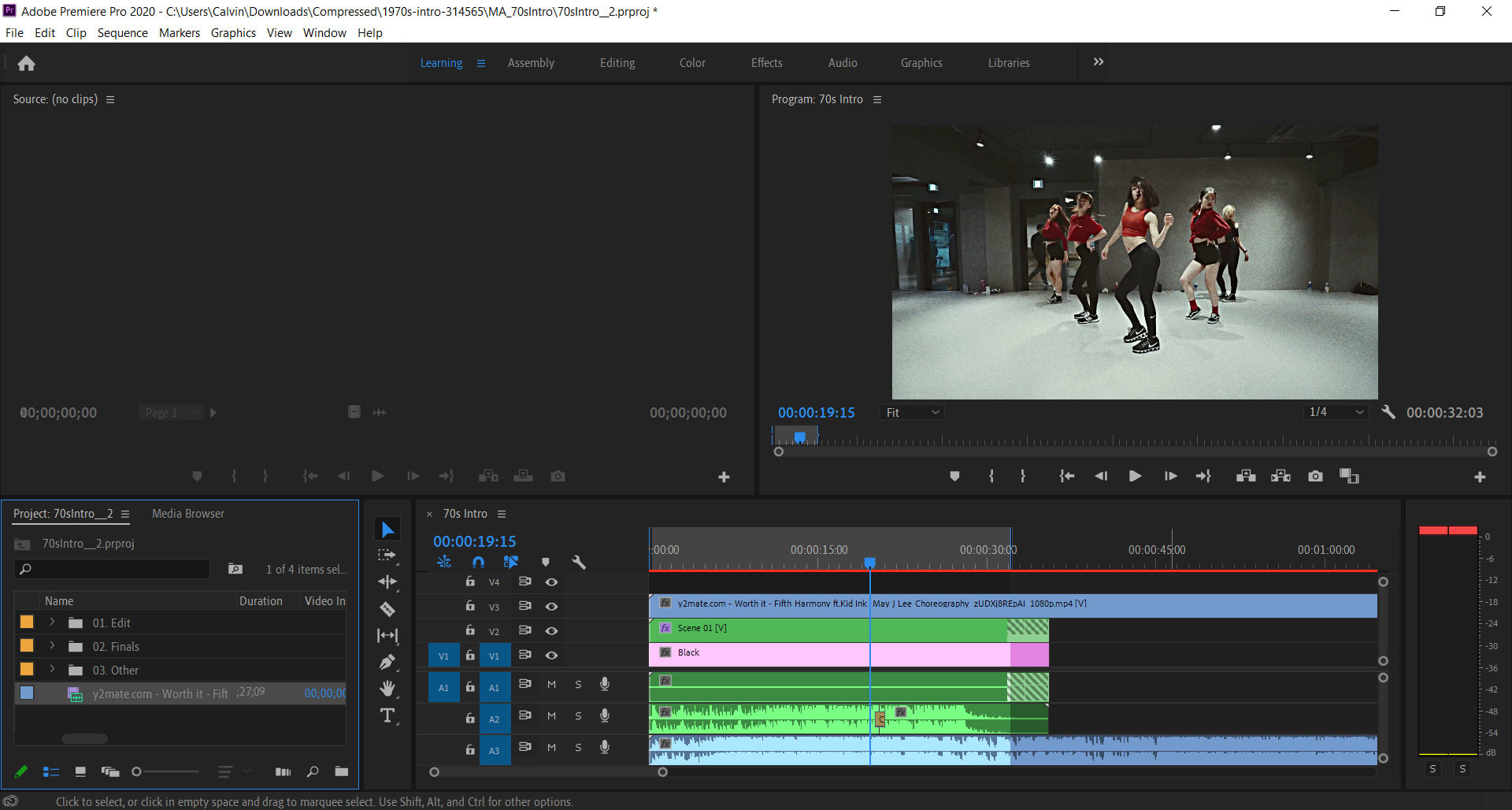Restoring default preferences
We can do it by either going to the Preferences menu if After Effects is already working. So in the PC side it will be under Edit. On the Mac it will be under the After Effects menu and then go to the General, and then you can reveal the Preferences file in the Finder and just delete it or you can ask After Effects to do it while it's launching. Working with After Effects and other applications; Sync Settings in After Effects; Collaborate with Team Projects; Share and manage changes with Team Project collaborators; Creative Cloud Libraries in After Effects; Plug-ins; CINEMA 4D and Cineware; Memory, storage, performance. Memory and storage; Improve performance; Preferences; GPU and GPU.


The preferences file controls the way the After Effects user interface appears on your screen. The instructions in this book assume that you see the default interface when they describe the appearance of tools, options, windows, panels, and so forth. Because of this, it’s a good idea to restore the default preferences, especially if you are new to After Effects.
Each time you quit After Effects, the panel positions and certain command settings are recorded in the preferences file. If you want to restore the panels to their original default settings, you can delete the current After Effects preferences file. (After Effects creates a new preferences file if one doesn’t already exist the next time you start the program.)

Restoring the default preferences can be especially helpful if someone has already customized After Effects on your computer. If your copy of After Effects hasn’t been used yet, this file won’t exist, so this procedure is unnecessary.
Important: If you want to save the current settings, you can rename the preferences file instead of deleting it. When you are ready to restore those settings, change the name back and make sure that the file is located in the correct preferences folder.
- Locate the After Effects preferences folder on your computer:
- For Windows XP: .../Documents and Settings/<user name>/Application Data/Adobe/After Effects/9.0.
- For Windows Vista: .../Program Files/Common Files/Adobe/Keyfiles/AfterEffects.
- For Mac OS: .../<user name>/Library/Preferences.
- Delete or rename the Adobe After Effects 9.0 Prefs file.
- Start Adobe After Effects.
When behavior in After Effects does not seem as expected, you can reset After Effects preferences as a simple troubleshooting step. From After Effects Help:To restore default preference settings:
- Press Ctrl+Alt+Shift (Windows) or Command+Option+Shift (Mac OS) while the application is starting.
- A dialog box launches asking you if you want to delete your preferences file. Click OK.
- To also restore default keyboard shortcuts, Alt-click (Windows) or Option-click (Mac OS) the OK button.
Some personal notes:
- After you delete preferences, new preferences are automatically rebuilt for After Effects.
- Note: since you have deleted the preferences file, you may have to reset some of your preferences.
- For terminology’s sake, resetting preferences, deleting preferences, trashing preferences, or simply, “trashing your prefs,” all mean the same thing.
Resetting After Effects preferences has gotten me out of many jams. Try it if After Effects is misbehaving.
Media And Disk Cache Preferences After Effects
More details on Preferences.
